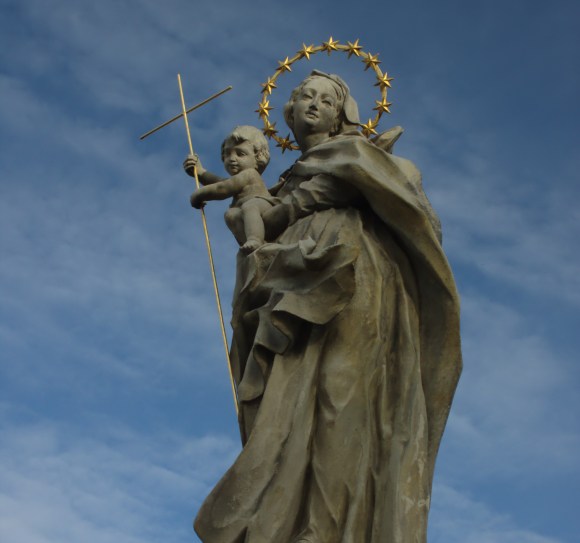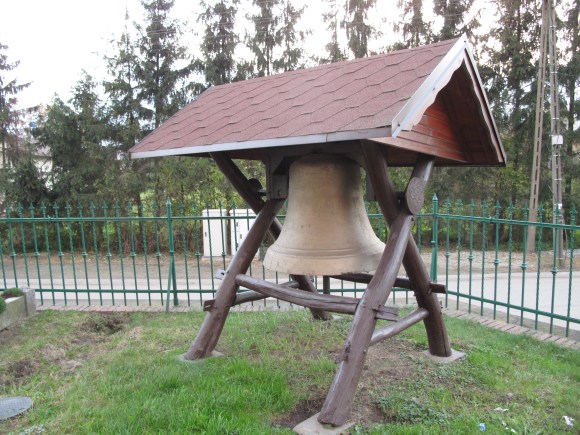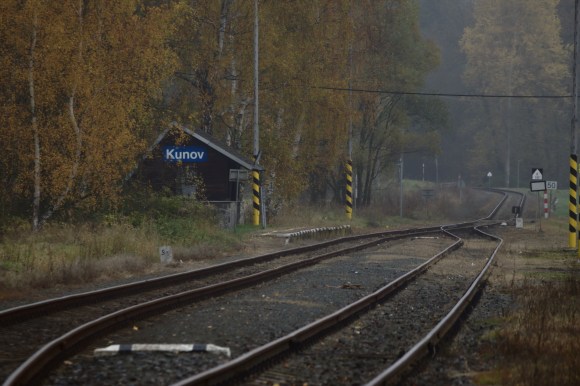
Time constraints. Weather. Short periods of daylight. Such were the issues faced in visually capturing Silesia, a historic region primarily located in rural southwestern Poland, for use in Wikipedia article. Still, 3,600 images have now been uploaded to Wikimedia Commons, 300 of which are currently in use on various-language Wikipedias.
The odyssey started in Prague, the capital of the Czech Republic. Two Wikipedians jumped into a shared car and drove to the far eastern side of the country, stopping in Opava, the historical capital of Silesia. The region was chosen due to its remote location, being far from major cities in the Czech Republic and Poland, and its lack of active Wikipedians. These factors made it a perfect location for a systematic photographic event.
The team stayed in major towns at night and traveled around all the villages during the day. From the lowlands to the High Ash Mountains, everything that could be covered was done—hundreds of pictures per day. The major focus was on settlements that were not well-photographed on Wikimedia Commons. Between 25 and 28 villages were photographed per day, with the evenings reserved for editing, sorting, describing, categorizing and uploading the data. Night photography was also part of the Wikiexpedition.
After day five, our Polish colleague and third participant, who had traveled a whole day across entire Poland, joined us in Kędzierzyn-Koźle, Poland. He focused on railroads and transportation infrastructure, while Czech members continued to photograph settlements in the area, which added a new dimension to the expedition.

The three of us took 3,650 freely licensed images in eight days, all of which are now available on Wikimedia Commons. More than 212 settlements and points of interest were photographed. Over 1000 images (~27.5%) were used in more than 330 articles, especially on Czech and Polish Wikipedias, but also on English, Spanish and others. Imports to Wikidata were arranged. The event had a high output, but it was hardly able to compete with Czech Wiki Loves Monuments, Wiki Loves Earth or other large contests. Nevertheless, the fact just three people contributed so much in eight days makes this approach highly potential. Repeating the same method with more people could provide even more material for Commons and WMF projects. The financial aspect of the entire project should be taken into account—at 0.19 USD/0.17 EUR per photo, the Silesian Wikiexpedition came in significantly below average costs of similar events. Most of the urbanized areas of the Czech Republic is already documented on Wikimedia Commons, but the remote regions are far less covered. With Wikiexpeditions, this could be done effectively within years.
Still, these wikiexpeditions are not simple to organize or execute. First, planning these trips means figuring out what has already been adequately photographed. Second, once you’ve planned them, those plans can be wrong; automatically obtained data can be erroneous, misinterpreting, and sometimes completely useless. Time saved in preparation can be lost when photographing, as it is easy to get stranded in a sandpit or in the middle of a field where one was expecting a village. The geographic coordinates are, after all, only numbers interpreted by Wikidata and Open Street Map.
Third, the photography is hurried in order to fit in as many areas as possible within a short amount of time. Fourth, the processing, sorting, and describing of the data—plus the actual uploading process—takes quite a long time. Keeping ordered lists of what you photographed is a must.

With this successful Wikiexpedition as an important milestone, we have arranged another for 2017. This so-called Wikiexpedition West (Wikiexpedice Západ) incorporated more people, covered broader topics (such as natural reserves and historical monuments) and represented another step in our learning process. Nine locals participated, and we were able to create four teams. We are now processing images uploaded to Commons and placing them in Wikipedias.
Further plans include other regions and countries. Poland, as a large country, remains in the focus for the summer season. So another event in central or southern Poland might take place. In the meantime, Shared Knowledge and Wikimedia User Group Greece plan a joint event in September 2017.
Wikiexpeditions can be fun, they are essential to Wikimedia projects such as Commons or Wikipedia, and they also bring the community together. They can have interesting side effects, such as promotion of the encyclopedia in rural areas or engaging volunteers in remote places. Our good practice encourages followers in other countries. Most of the world is still missing on Wikipedia – both pictures and text, and we all have a chance to change this.
If you’ve got interested, please read our manuals, follow us on Facebook (Wikiexpedition group) or join the upcoming expeditions planned for the Central European region.
Let’s illustrate Wikipedia together!
Jan Lochman, Wikimedia Czech Republic
Jan Loužek, Wikimedia Czech Republic
Tomasz Ganicz, Wikimedia community member

Can you help us translate this article?
In order for this article to reach as many people as possible we would like your help. Can you translate this article to get the message out?
Start translation